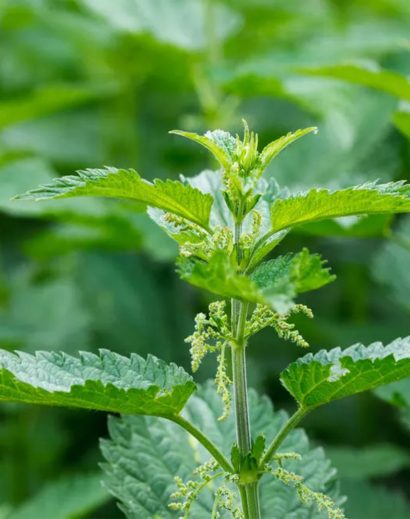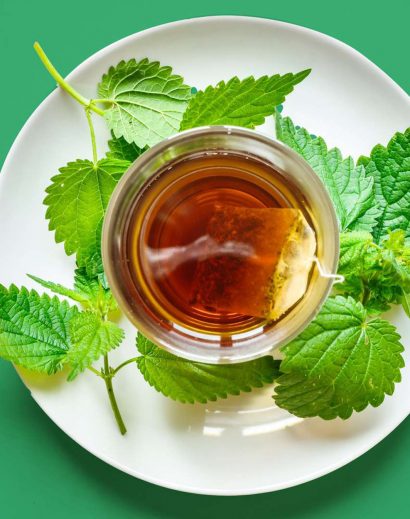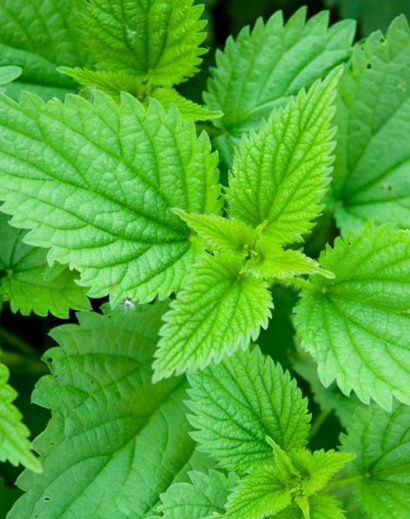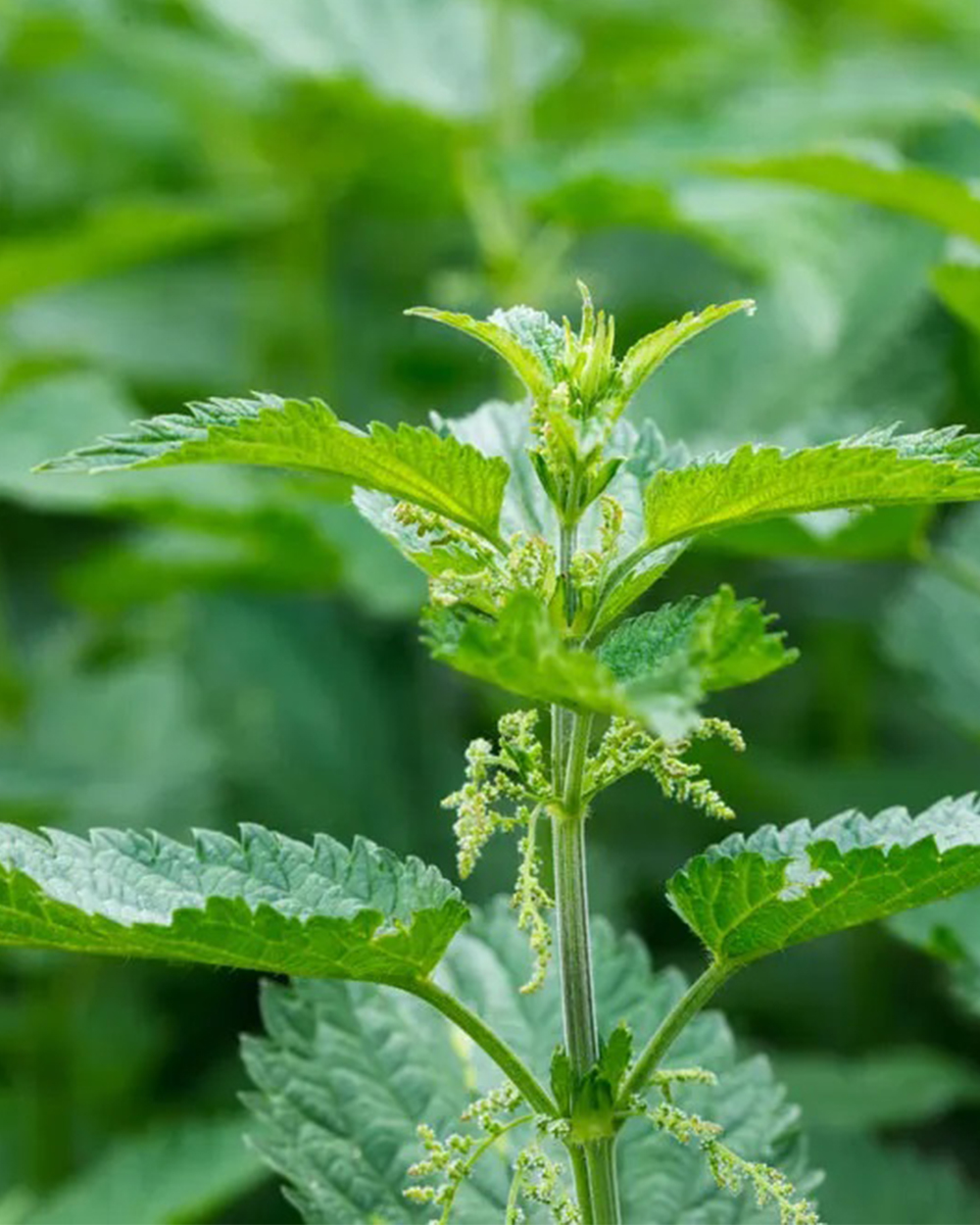Stinging nettle (Urtica dioica) has a long history of use in traditional herbal medicine and offers several potential health benefits. While more research is needed to confirm some of these benefits, here are some of the reported health benefits of stinging nettle:
Anti-Inflammatory Properties:
Stinging nettle contains compounds that may have anti-inflammatory effects. It has been used traditionally to relieve symptoms associated with inflammatory conditions, such as osteoarthritis and rheumatoid arthritis.
Allergy Relief:
Some people use stinging nettle supplements or tea to alleviate symptoms of seasonal allergies, such as sneezing, runny nose, and itchy eyes. It's believed that stinging nettle may help reduce the release of histamines, which are involved in allergic reactions.
Urinary Tract Health:
Stinging nettle has diuretic properties, meaning it can increase urine production. This property may be helpful in managing urinary tract conditions, reducing the risk of urinary tract infections, and supporting kidney health.
Antioxidant Effects:
Stinging nettle contains antioxidants, such as flavonoids and carotenoids, which can help protect cells from oxidative stress and damage caused by free radicals.
Nutritional Content:
Stinging nettle leaves are a good source of various vitamins (including vitamin A, C, and K), minerals (such as iron, calcium, and magnesium), and protein. These nutrients can contribute to overall health and well-being.
Prostate Health:
Some studies have suggested that stinging nettle extracts may be beneficial for managing symptoms of benign prostatic hyperplasia (BPH), a non-cancerous enlargement of the prostate gland. It may help alleviate urinary symptoms associated with BPH.
Wound Healing:
In some traditional practices, stinging nettle has been used topically as a poultice to promote wound healing.
Hair and Skin Health:
Stinging nettle is sometimes used in hair and skincare products due to its potential benefits for hair growth and skin health.
Support for Menstrual Health:
Stinging nettle has been used traditionally to alleviate menstrual discomfort and may help regulate menstrual cycles in some individuals.
Digestive Health:
Some people use stinging nettle as a digestive aid, although its effectiveness in this regard varies from person to person.
It's important to note that while stinging nettle offers potential health benefits, individual responses to herbal remedies can vary. Before using stinging nettle for medicinal purposes, especially in concentrated forms like supplements or extracts, it's advisable to consult with a healthcare professional, particularly if you have underlying health conditions or are taking medications. Additionally, always exercise caution when handling fresh stinging nettle leaves, as they have stinging hairs that can cause skin irritation.
|





Reviews
There are no reviews yet.